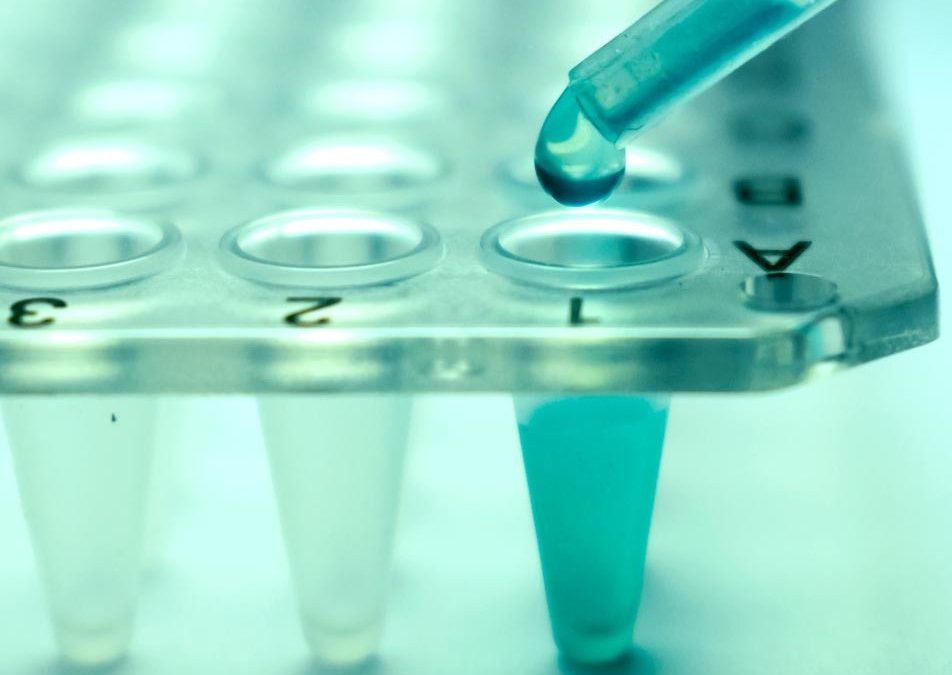Stem Cell 101: Your Guide to Advanced Cell Therapy
Regenerative Medicine Treatments
Regenerative medicine or Advanced Cell Therapy is the new era of health treatment. These therapies involve replacing or regenerating human tissues to re-establish and improve normal function in the treated area. Medicine has problems with actually treating the root cause of many problems, but regenerative medicine has changed this.
What is regenerative medicine?
Designed to regenerate, rebuild, and repair damaged tissues that reduce pain and fix injuries, regenerative injections are used in joints, muscles, tendons, and ligaments. The injections may involve platelet-rich plasma (PRP), stem cells, or both. These products are derived from the patient’s own body and repair structures to heal the root problem while reducing inflammation and pain.
What is advanced cell therapy?
Stem cells are used to generate repair of body structures. By concentrating these and injecting them into body structures, the stem cells transform into other cells, which repairs the body. Concentrated stem cell procedures can be used instead of orthopedic surgery to repair torn meniscus, damaged tendons, and joint arthritis.
How are stem cells used in regenerative medicine?
Regenerative therapy involves use of stem cells to treat and prevent a condition or disease. Over the years, stem cells are used to repair injure in the bones and joints. Bone marrow transplant is used in advanced cell therapy treatments, as well as donated amniotic fluid and fat tissue. Research is underway for using stem cells in the treatment of diabetes, neurological diseases, and heart disease. Patients also benefit from use of these treatments for chronic pain therapy.
How do stem cell injections help?
Stem cell injections are used to repair and lubricate the joints, which prevents you from further damage to area. In addition, stem cell injections are used to delay or prevent the need for painful surgeries. Regenerative therapy is used for long-term pain relief for persons with chronic pain.
What do platelet-rich plasma injections treat?
PRP is a non-invasive, safe procedure, used to treat many joint conditions, tendon injuries, ligament strains, and tissue injuries. It involves drawing blood from people, centrifuging/spinning the blood, and injecting the platelets into tissues, ligaments, joints, and tendons. This is the first step for chronic pain relief.
How does PRP work to repair the body?
The body’s response to soft tissue and structure injury involves delivering platelet cells, which are components of the blood. The platelets contain bioactive healing proteins called cytokines, which can initiate repair and attract the assistance of stem cells.
What substances are in platelets and stem cells that help with the treatment of joint and tendon conditions?
β-Nerve growth factor promoting Tanezumab has been tested in use for osteoarthritis. In a study involving 250 people, treatment with Tanezumab reduced knee pain while walking and improved overall functional status. Fibroblast growth factor heals the joint structure. In a recent study involving 180 patients, the injections were found to reduce the loss of joint space narrowing, as well as improve cartilage thickness and volume. In addition, PRP studies are used to contain growth factors, including vascular endothelial growth factor, platelet-derived growth factor, and transforming growth factor β1 (TGF-β1).
Our Board Certified, Fellowship Trained pain management doctors in Chicago offer advanced cell therapy including bone marrow derived treatment and amniotic derived regenerative therapy. Platelet Rich Plasma Therapy is also offered! Schedule your consultation today!


